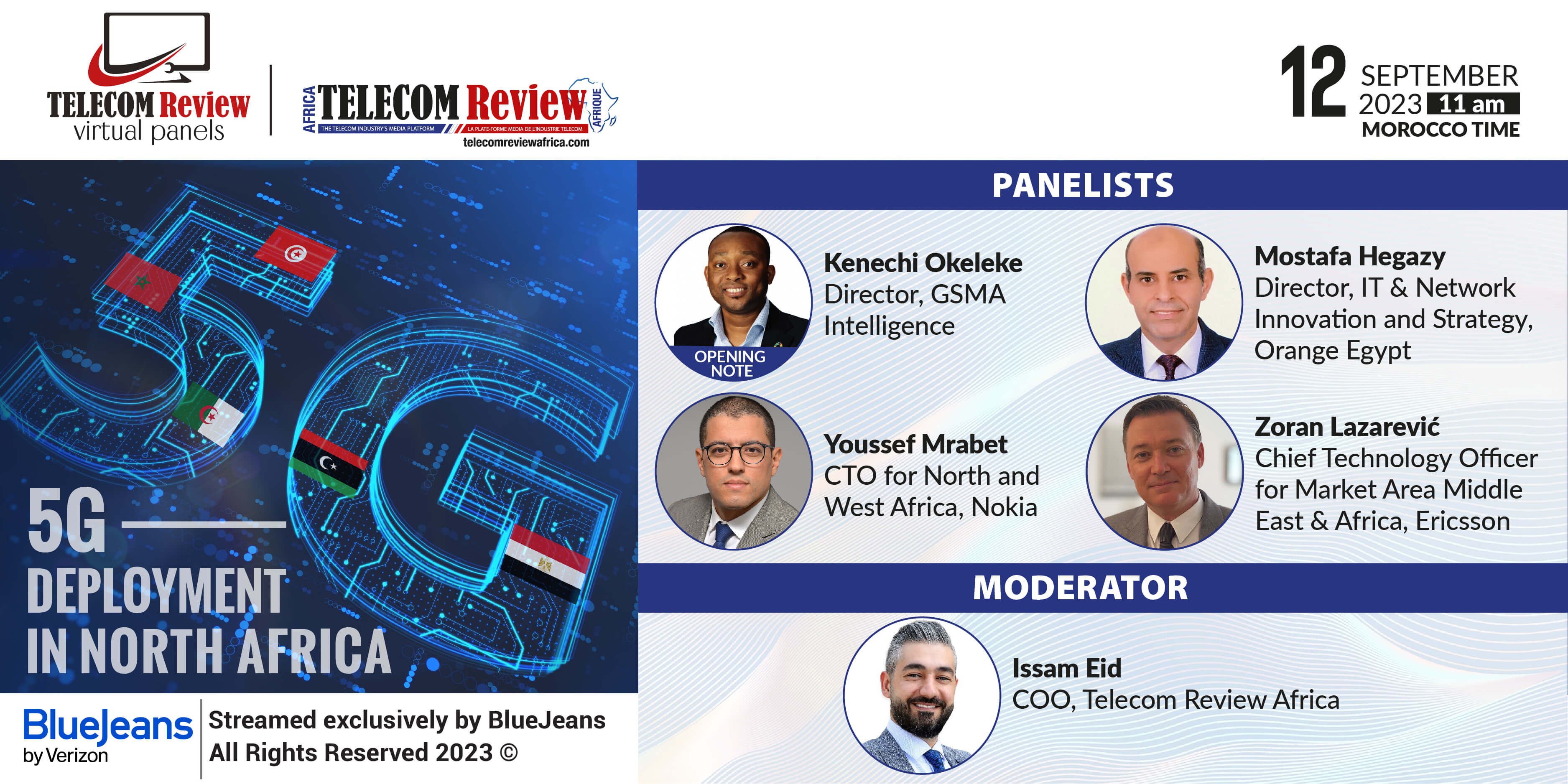On September 12, Telecom Review will host an informative webinar entitled “5G Deployment in North Africa” at 11 a.m. Morocco time as part of our ongoing series of webinars and virtual panels.

Reports and Coverage
Embracing an Intelligent Future: 2023 China Mobile Southeast Asia Cooperation Conference
The 2023 China Mobile Southeast Asia Regional Cooperation Conference was held in Jakarta, Indonesia, on September 1, bringing together China Mobile and its regional partners with government representatives from across Southeast Asia. With the theme “Embrace Digitalization and Collaboratively Shape an Intelligent Future,” the conference provided a platform for fruitful discussions and the announcement of visionary partnerships.
DIFC Enacts MEASA Region’s First AI Personal Data Regulation
The Dubai International Financial Centre (DIFC), a prominent global financial hub in the Middle East, Africa and South Asia (MEASA) region, has introduced amendments to its Data Protection Regulations.
Artificial Intelligence: How to Leverage the Opportunities and Avoid the Pitfalls
By Dr. Abdulrahim Al-Hour, Experienced Journalist, Academic and Economic Expert
Tech Giants to Be ‘Gatekeepers’ Under New DMA Internet Competition Law
The huge tech companies Alphabet, Amazon, Apple, ByteDance, Meta and Microsoft have been designated as “gatekeepers” under the EU's newly enacted Digital Markets Act (DMA). This legislation aims to control tech sector overreach and enhance competition within internet services.
Harnessing Global Connectivity to Generate New Revenue Streams
Digital transformation investments in the Middle East, Türkiye and Africa (META) are projected to more than double between 2021 and 2026, with spending expected to reach over $74 billion by 2026, according to the latest forecast of the International Data Corporation (IDC). This surge in investment, growing at a compound annual growth rate (CAGR) of 16%, highlights the region's increasing focus on digitalization, which is set to account for 43.2% of all ICT investments in 2026.
Dubai’s AI Accelerator Programs Draw Growing Interest from Global Tech Startups
Thirty global startups have secured their spot in the Dubai Centre for Artificial Intelligence’s (DCAI) Accelerator Programs and will develop their innovative AI solutions during the 8-week program, according to an official statement.
Generative AI and Telcos: The Critical Role of IT
BSS/OSS integration will be critical for telcos to reap the full benefits of this transformative technology.
Ooredoo Joins ITU, Furthering Its Commitment to Drive ICT Innovation
In a notable development, Ooredoo has announced its membership in the International Telecommunication Union (ITU), the United Nations' specialized agency for information and communication technologies, as an ITU-R Sector Member. As a distinguished Sector Member, Ooredoo seeks to contribute its expertise, innovation and resources to the collective endeavor of connecting the world.
Vodafone Oman's 5G Next Network: Pioneering the Nation’s Green-Field Future
In the dynamic world of telecommunications, Vodafone Oman has emerged as a beacon of innovation and progress, leading the charge with its ground-breaking 5G Next network. Unlike traditional operators, Vodafone Oman has embarked on a visionary journey, establishing a greenfield 5G network from day one.
















